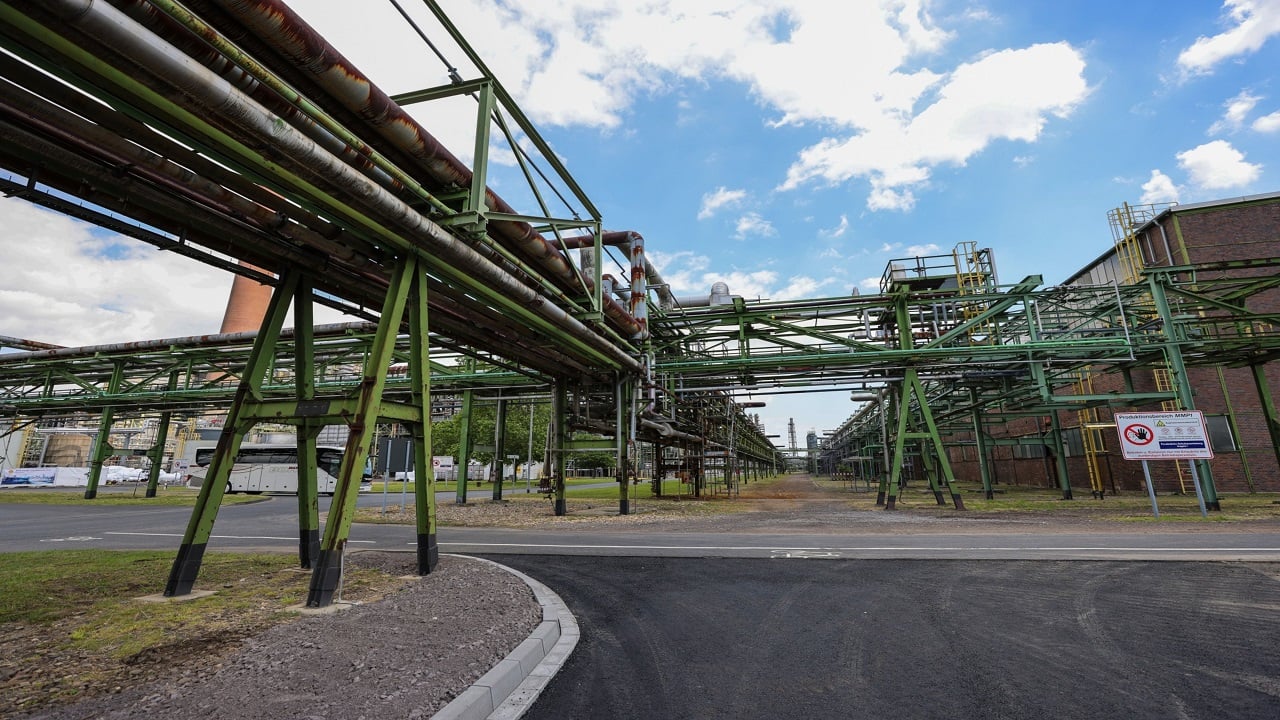India's Path to Green Hydrogen Leadership: Unlocking Demand and Export Opportunities
Key Ideas
- India aims to achieve 5 MMT of green hydrogen production capacity by 2030 through strategic blending, sector selection, and export opportunities.
- The report highlights potential demand from sectors like oil refining, fertilizers, and public procurement of green steel, aiming for up to 2 MMT by 2030.
- Blending green hydrogen in high-volume sectors such as refining and fertilizers can stimulate demand, with plans for gradual increase up to 40 percent blend rate.
- The National Green Hydrogen Mission focuses on establishing India as a global green hydrogen hub by 2030, with a 5 million tonnes per annum production target.
A report released in India on June 19 emphasizes the importance of unlocking demand for green hydrogen to achieve the country's goal of creating 5 million metric tons (MMT) of green hydrogen production capacity by 2030. The report, titled 'From Promise to Purchase: Unlocking India’s Green Hydrogen Demand', is a collaborative effort by Bain & Company, the Confederation of Indian Industry (CII), and Rocky Mountain Institute (RMI). It outlines strategies such as measured blending, strategic sector selection, leveraging public procurement, and aligning with export opportunities to reach the ambitious green hydrogen target.
The demand for green hydrogen is projected to come from various sectors, including oil refining, fertilizers, piped natural gas, niche industries like chemicals, glass, ceramics, and through public procurement of green steel. Additionally, the report suggests that green hydrogen exports could play a significant role in generating demand for this renewable fuel.
The report also discusses the potential impact of the European Union’s Carbon Border Adjustment Mechanism (CBAM) on Indian green steel exports and the importance of transitioning to green steel production to drive green hydrogen demand. Strategies like blending green hydrogen into existing grey hydrogen or natural gas supply in sectors like refining and fertilizers are highlighted as immediate pathways to boost demand, with gradual plans for increasing the blend rate.
Furthermore, the National Green Hydrogen Mission in India aims to position the country as a global leader in green hydrogen production by 2030. Green hydrogen, generated through the electrolysis of water using renewable energy, is emphasized as a key component of decarbonizing hard-to-abate sectors and enhancing energy independence. The report underscores the significance of continued efforts towards developing green hydrogen and promoting its adoption in various industries as part of India's sustainable energy transition.
Topics
Investing
Sustainability
Energy Transition
Economic Growth
Industry Development
Government Initiative
Export Opportunities
Renewable Fuel
Latest News
